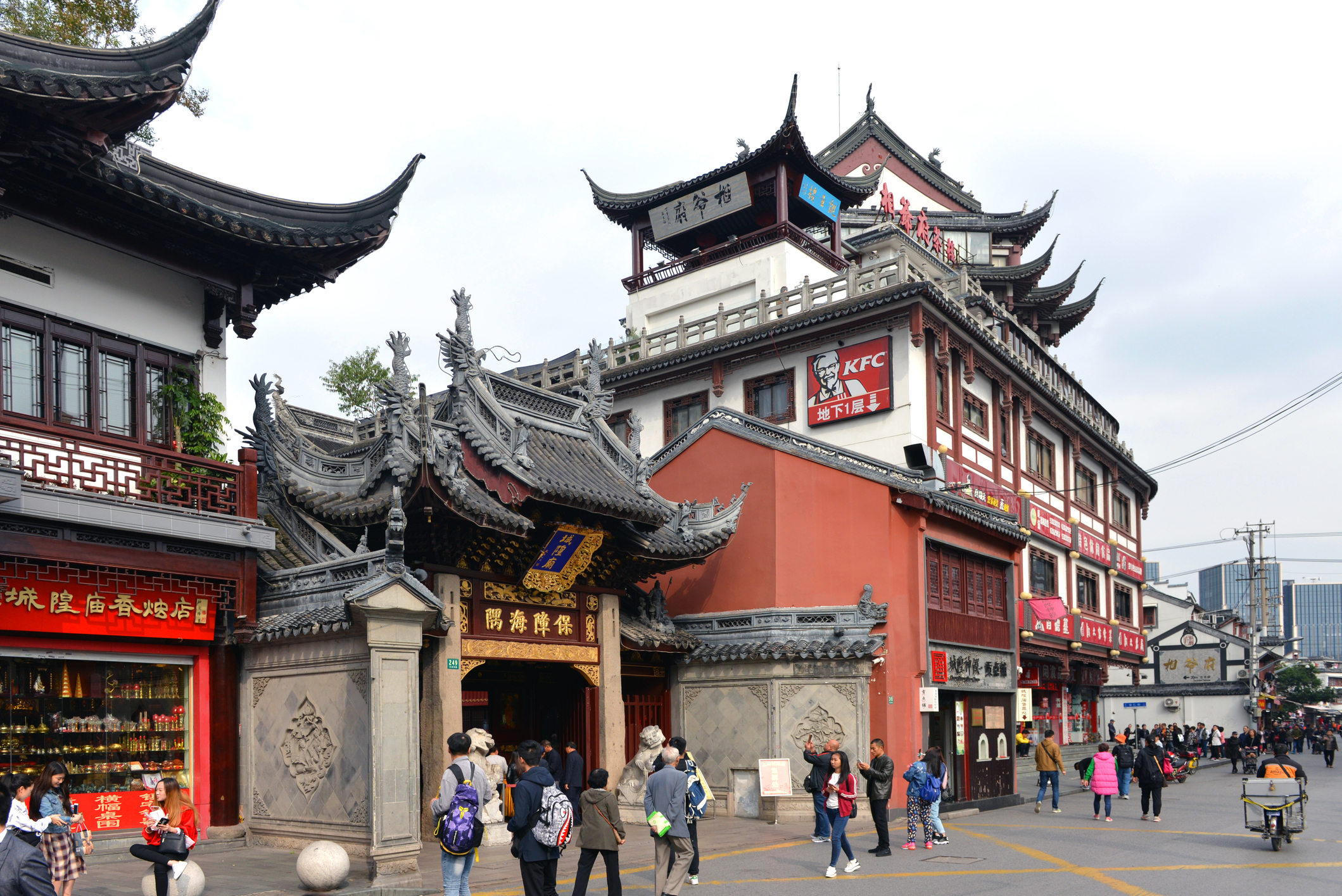
Western brands in China
Characters or ideographs of Chinese, Japanese and Korean languages are all derived from the Chinese ideographic system, numbered in the tens of thousands. Collectively, the ideographs are called Han characters and are referred to as Hanzi in Chinese, Kanji in Japanese and Hanja in Korean.
Chinese characters are logograms developed for the writing of Chinese language also adapted for that of other Asian languages. Unlike an alphabet, a character-based writing system associates each logogram with an entire sound, comparable or similar to using syllables in a word. Simplified forms of certain characters are used in mainland China, Singapore, and Malaysia; the corresponding traditional characters are used in Taiwan, Hong Kong, Macau, and to a limited extent in South Korea. Chinese characters represent words of the language using several strategies. Those strategies are:
Pictograms – simplified pictures of material objects
Simple Ideograms – characters that are direct iconic illustrations
Associative idea characters – combination of pictographic and idiographic characters
Rebus – phonetic loan characters – characters used to represent an unrelated word with similar or identical pronunciation. In order to translate western names or transcribe words of foreign origin, Chinese use the Rebus type of writing using characters exclusively for their phonetic value. For example, the word for the country “Romania” is 罗马尼亚 (Luó Mǎ Ní Yà), the characters are used for their sound only and have no particular meaning.
When the word to be translated is a brand name that is there to make a meaningful impression on a consumer and be recognized for a particular product or service, it is important that the characters used for pronunciation of that word or name also have a meaning related to the function of the brand. Those characters have to be carefully selected in order to not only preserve the phonetic accuracy, but also stay true to the meaning and identity of the brand. For example, Coca-Cola in China is translated phonetically as 可口可乐 (Kěkǒu Kělè). While the sound of the characters is close enough to the original sound of the word, the characters have an additional meaning in Chinese that back translates as “Delicious and Enjoyable” .
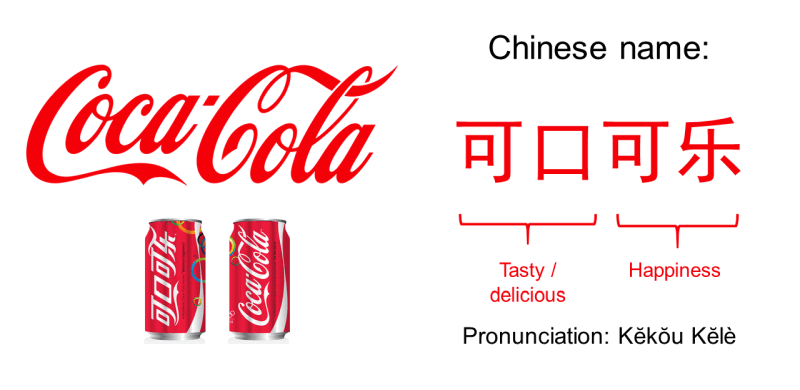
Here are other famous brand names in Chinese with their intended meaning in English.
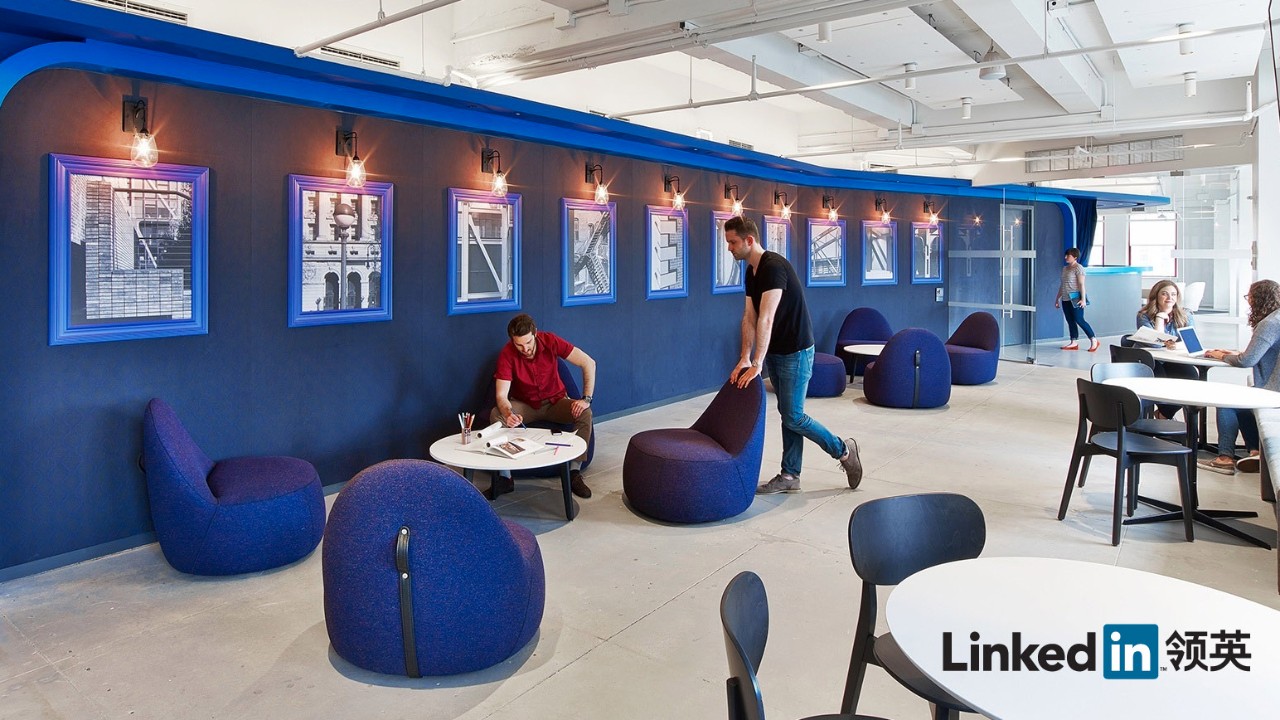
LinkedIn’s Chinese brand name is simple, easy to read, and memorable. The back translation of the name 领英 [lǐng yīng] in English is ‘leadership and elite’.
Subway in Chinese back translates as ‘Better than one hundred tastes’

More brand translations with characters that convey brand function and purpose.
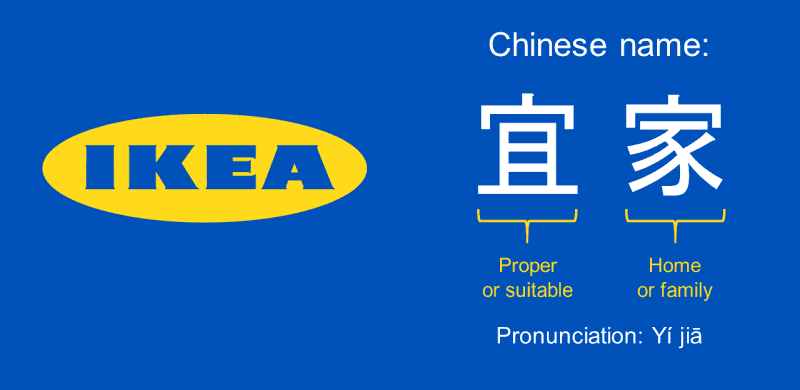
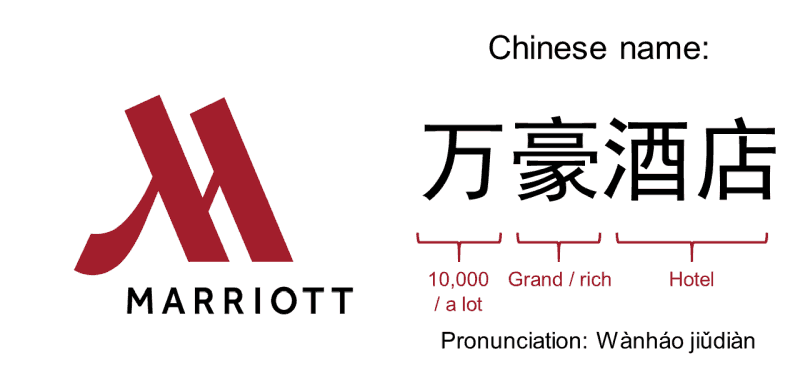
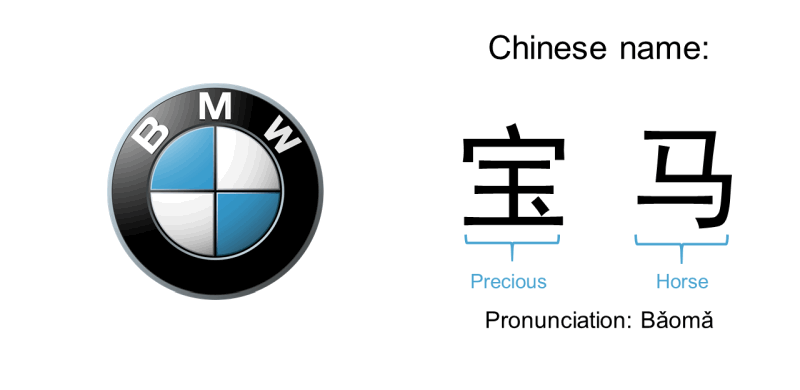
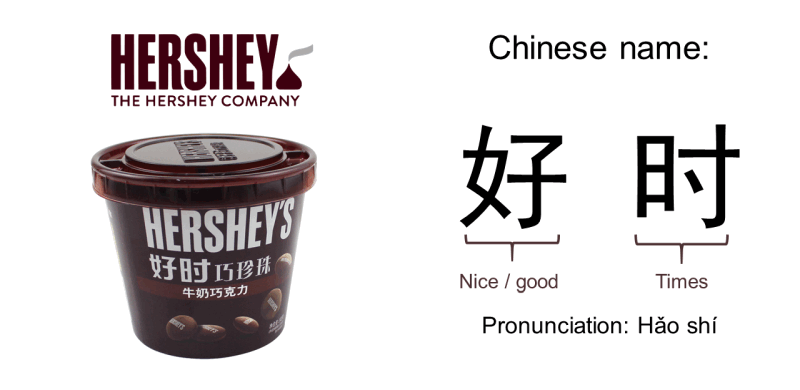
At Branded Translations, brands for Chinese or Asian markets are transliterated with careful consideration of the meaning of each character used. Characters are selected to preserve the phonetic integrity of the name, and most importantly, convey the purpose of the brand accurately. Before translating brand or product names for Chinese or other Asian markets, consult professionals to avoid undue embarrassment & costly mistakes.

